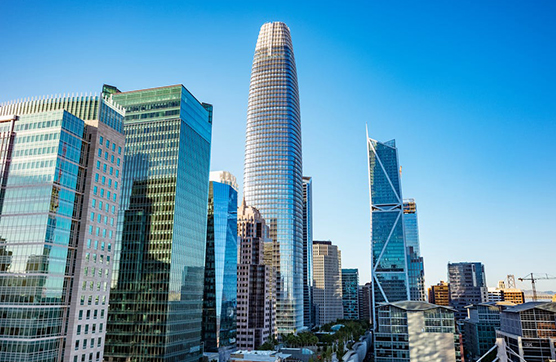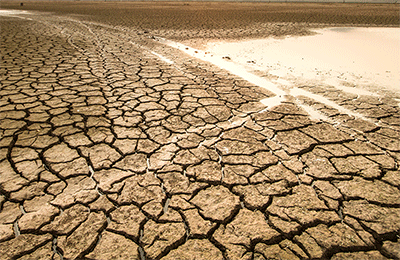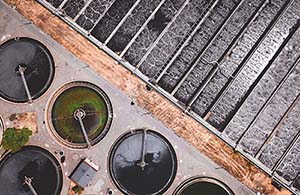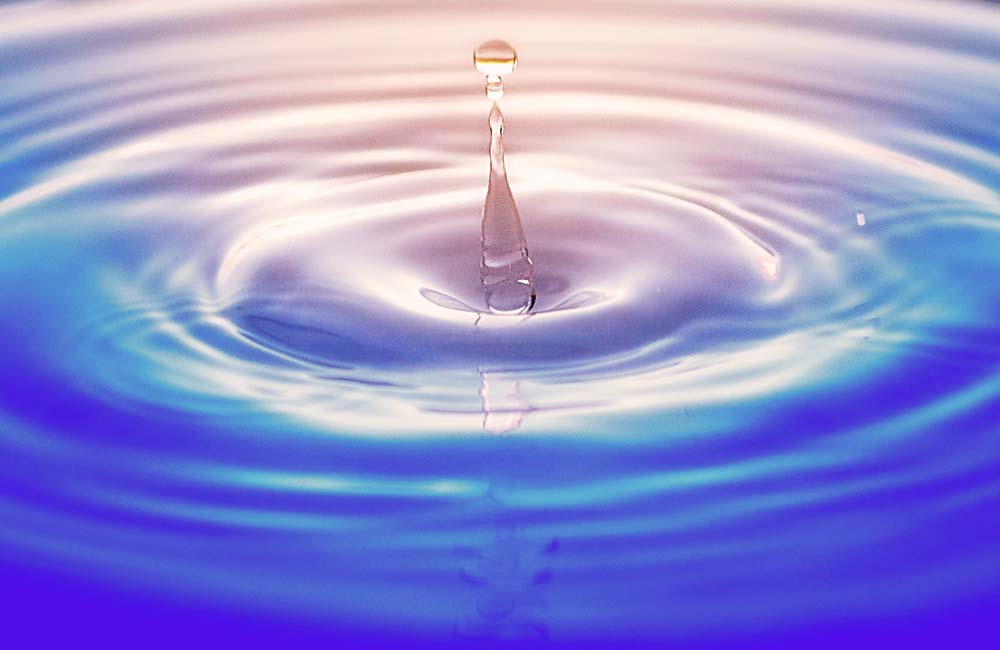.jpg)
.jpg)
Toilet Water will Solve Water Scarcity.
If we don’t change our ways, soon we won’t have enough freshwater to survive.
Drought and climate change have shrunk global water supplies by 20%, causing concern for a rising global population that will require 40% more water by 2030.
That means we need to look for new, sustainable ways to improve our supply.
Multiple companies have turned to water reuse - recycling wastewater (including sewage/toilet water) in a direct treatment system. While others have developed water harvesting solutions to collect water from natural sources (like condensation), treat it and then use it.
However, wastewater recycling is stigmatised. Many people have never liked the idea of using wastewater in a direct treatment system (with it never returning to nature, before being treated and used again). This removes the ‘environmental buffer’ that the traditional process uses.
However, climate change, over population and the water scarcity crisis all call for action. That’s why many water treatment providers and industries have been giving water reuse a rethink. Some, like Suez, have even created demonstration facilities to show the safety of water reuse and combat any stigma surrounding it.
It’s important to say at this point, widespread water reuse should not be focussed on getting it ready for drinking applications, yet. That’s because it’s easier and more economical to adopt reuse water for the non-drinking applications that take up 70% of our freshwater supply.
Orest Zacerkowny, Global Sales Director at Memcor, told me that the cost of water for businesses in the industrial and commercial sectors is making reuse a viable option.
There’s a growing respect for water. That’s not because of the lack of it, but the cost of it. Water is now being treated with the same value as any other component that goes into making a product”
Orest Zacerkowny, Global Sales Director at Memcor (DuPont Water Solutions)
Cost has changed everything, meaning that water is now respected all around the world and water reuse is a serious option.
Orest said that this is very different to the days of old, when water was only respected by countries that had shortages. He recalled an automotive plant in Mexico that’d he’d visited in the 1990’s where the operator would be very careful not to spill any water when replacing a filter. He then compared that to an automotive plant in the US he’d visited shortly before, where he said they would have hoses running to keep a drain clean.
Now that water is being respected, we’re seeing lots of exciting sustainability projects going on – especially in the commercial sectors. I discussed this with Rahul Shah, VP of Sales at Chemsearch FE – where Rahul has established a new market focussed on water harvesting and reuse.

Chemsearch FE is addressing sustainability at a variety of buildings in the bay area. One example is the Salesforce Tower in San Francisco where they’re servicing a sophisticated rainwater and fog collection system on the roof of the building (made and installed by Brae/Watts).
In conjunction with harvesting from other sources like grey water (relatively clean wastewater from bath and sinks etc) and the cooling towers; this water will be collected and treated to serve non-potable uses in the building, like drip irrigation and toilet flushing. The system will reduce the building's freshwater consumption, saving up to 30,000 gallons of fresh water a day.
That’s not all Rahul was keen to tell me about. In LA, at Hotel Bel-Air, they’re also reusing grey water for subsurface irrigation on the property. This system was made and installed by Wahaso in Chicago. This means that the hotel isn’t wasting the city’s potable water on their plants.
While established market leaders in the commercial water treatment sector like Nalco Water are diversifying and expanding their reuse and reclamation efforts, Rahul was confident that Chemsearch FE were the one’s at the bleeding edge of innovation.
We’re not worried about the competition, we’re 10 steps ahead.”
Rahul Shah, VP of Sales at Chemsearch FE
Chemsearch FE’s most exciting project on the horizon is to deliver a free, in building, non-potable water supply to Kettering Hospital, in Dayton, Ohio - where they’ve found a ground water source. Chemsearch FE is now designing an internal RO water processing system that will save the hospital from using 13 million gallons of municipal water annually. The estimated cost savings is projected to over $90,000 per year and will provide the hospital with operational readiness in the event of a failure in the municipal water supply.
Water savings of this scale are crucial and common in the industrial sector. That’s where Stephen Katz, Market Development Manager at SUEZ, thinks we should focus our reuse solutions.
66 billion cubic metres of freshwater is withdrawn for energy production each year, which is 15% of the world’s supply. Add to that the even thirstier industry of agriculture and others like pulp and paper and food and beverage production; you’re using a lot of water.
Applying water reuse to these industries would make a big difference, again freeing-up freshwater for municipal use.
Stephen told me about how Suez had employed water reuse at the co-op refinery complex in Regina, Canada, to expand its refining capacity. Here, Suez built a comprehensive water treatment and reuse solution that would allow them to directly reuse use the recycled wastewater in the steam plant.
This solution means that two million gallons of wastewater is reused each day. This has had a vital impact, reducing freshwater consumption by 28% - enough to supply 3,100 households in Regina. More projects like this are critical to combating the water scarcity issues we face.

Other companies are taking a more novel approach to the challenge. Major players like Veolia and Xylem are investing in reuse beers - a cool bottle of wastewater anyone? These publicity stunts have helped raise awareness about the importance of water reuse, while also serving as a positive reinforcement for their brand images.
Potable water (not beer) reuse is happening too. There are facilities in Texas and Georgia, Orange County that have been ‘doing’ this for over 30 years. However, potable water reuse is limited by regulations. In the US, water used for drinking must come from a municipality (it can’t be produced in-house).
Sadly, the number one driver for people opening up to drinking recycled wastewater is crisis. It's drought and the instability of water supply.”
Stephen Katz, Market Development Manager at SUEZ
That said, areas of drought like Australia, Brazil, Texas and South Africa are all driving forces for water reuse for drinking water. And with an increasingly environmentally conscious public, we might start to see demand increase for potable water reuse.
Introducing water reuse to our commercial and industrial sectors, then to municipal water could solve our scarcity worries – with the technologies I’ve talked about in this article playing a big role. However, water scarcity is a global issue. We need to see even more companies take responsibility and expand their reuse and reclamation efforts. I’m excited to see what comes next from water treatment providers and industries as they face their biggest environmental challenge.
Recommended.

How do we Solve our Global Crisis of Water Scarcity?
To discuss solutions to the global water scarcity challenge I invited experts Nick Bognanno, Chandra Mysore, and Sabine Stuiver to join me on a live webinar, as part of our ‘Future of Smart Cities’ series. Click to read more.

How to Build a Smart Water Network.
There’s no disputing that the introduction of smart water networks is moving from nice-to-have to must-have to futureproof our environmentally conscious cities. I invited leaders in the space to discuss the future of smart water.

How Waterproof is Industry 4.0?
Industry 4.0 is the new industrial revolution. The digitalisation of systems to optimise production processes as a result of integrating collaborative technologies. But what does it really mean for water?

Can Smart Cities Solve Water Scarcity?
What impact will smart cities have on the future of water? Will they be designed sustainably and protect our most precious natural resource? To find out, we were joined by a webinar panel of well-established industry leaders. Click to watch.
Comments.